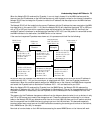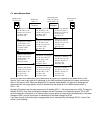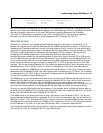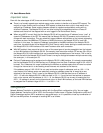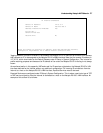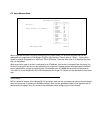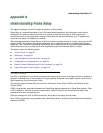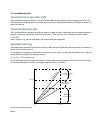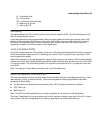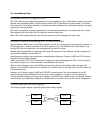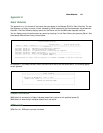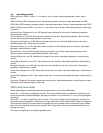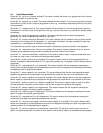
Understanding Frame Relay G-3
B
c
= Committed burst
B
e
= Excess burst
CIR = Committed information rate
T
o
= Beginning of interval
T
c
= Interval B
c
/CIR
Addressing
The logical address of a PVC is called the data link connection identifier (DLCI). The DLCI identifies each PVC
within a shared physical channel.
Frame Relay packets are exchanged between nodes by mapping packets containing the source node’s DLCI
address to the destination DLCI address at the switch. Each switch contains a table identifying the various
DLCIs with their associated user lines and interface trunks. However, the switch has more or less work
depending on whether the DLCI has global or local significance.
Local and Global DLCIs
Local DLCI addressing means a Frame Relay virtual circuit (VC) will be identified by different DLCIs at each end.
Frame Relay switches map across a VC, translating the “source” DLCI in a packet to the “destination” DLCI
when forwarding the packet.
Global DLCI addressing is a Local Management Interface (LMI) extension that means a DLCI number identifies
the same VC at both ends. Global addressing simplifies address administration but allows for only 1024 DLCIs
in the entire network. The Frame Relay switch is not required to translate the DLCI in a packet as it does with
local DLCIs.
Note: The majority of Frame Relay connections use Local DLCI addressing.
Local Management Interface (LMI)
The local management interface specifies communication between different Frame Relay devices (e.g., frame
relay switches, routers, or access devices). Three local management interface specifications have been
developed for Frame Relay:
■ The LMI consortium specification formulated by Cisco, DEC, Stratacom and Northern Telecom.
■ CCITT (Annex A)
■ ANSI (Annex D)
Note: The CCITT and ANSI specifications are formal outgrowths of the consortium LMI specification.
The Annex D specification is the most widely used in North America, although consortium LMI is still in use by
some carriers. The Annex A specification is primarily a specification for outside North America.



